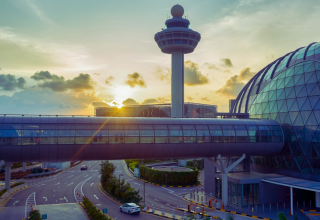
As the world grapples with the effects of climate change, the phenomenon of sinking cities has emerged as a stark reality. Here’s a look at some countries facing this challenge.
Indonesia’s Capital on the Move: Jakarta Sinks
Jakarta, the bustling capital of Indonesia, is sinking at an alarming rate of up to 6.7 inches per year due to excessive groundwater pumping1. The city’s predicament is so severe that the government has approved a plan to move the capital to protect its 10 million residents from flooding1.
Nigeria’s Coastal Crisis: Lagos Eroding Away
Lagos, Africa’s largest city, faces erosion of its low coastline and the threat of rising seas caused by global warming. A study found that a sea level rise of three to nine feet could have catastrophic effects on the region1.
America’s Submerging Cities: Houston and Beyond
In the United States, Houston, Texas, is sinking at a rate of 2 inches per year, also due to excessive groundwater pumping. The city’s vulnerability to disasters like Hurricane Harvey is increasing as it continues to sink1.
The Asian Predicament: Cities Under Threat
Several Asian cities are experiencing significant subsidence rates, with Tianjin, China; Karachi, Pakistan; and Manila, Philippines, leading the list. These cities are sinking in some places by more than a centimeter per year2.
The European Example: Rotterdam’s Response
Rotterdam in the Netherlands, a country renowned for its battle against the sea, is also facing the challenge of sinking. However, innovative engineering and robust water management strategies are being employed to mitigate the risks3.
A Global Call to Action
The issue of sinking cities is a global one, requiring international cooperation and innovative solutions. As these cities continue to face the threat of disappearing, the need for action becomes ever more urgent.























